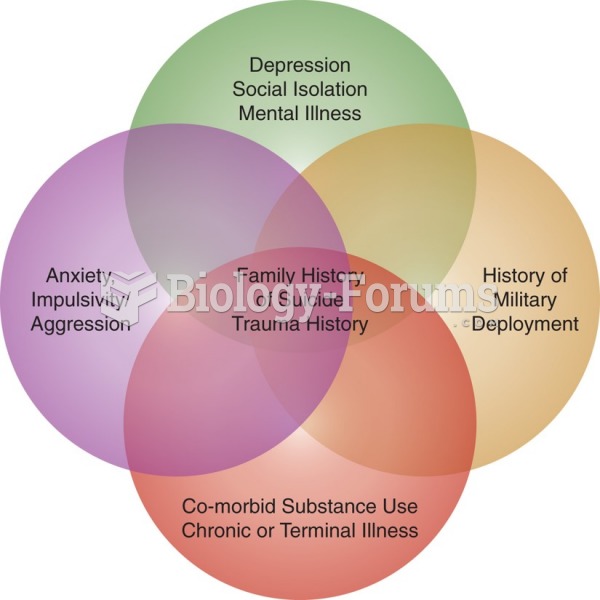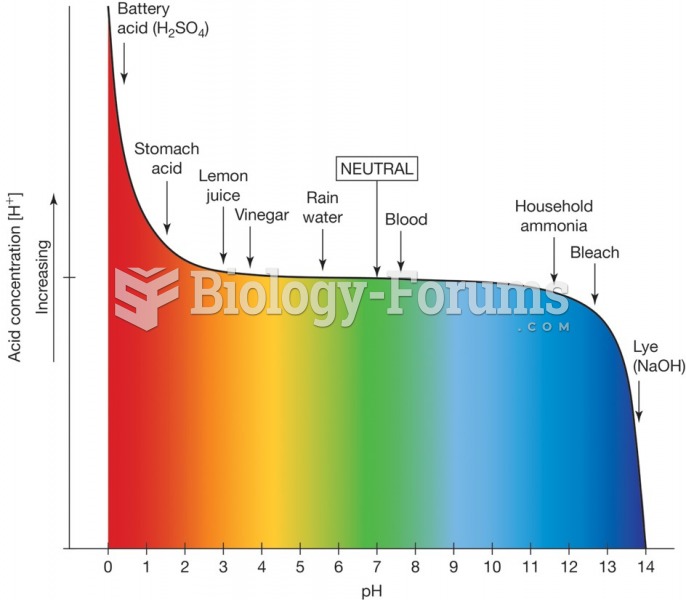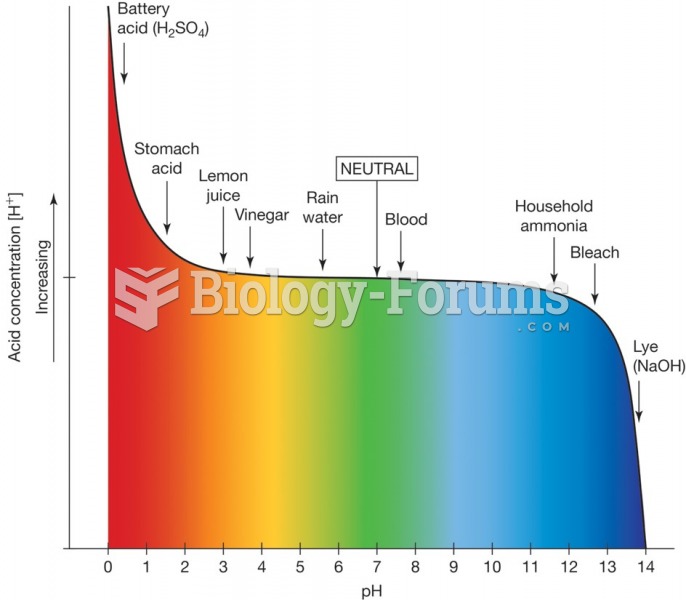Answer to Question 1
B
A concave mattress is a restraint alternative, but it is contraindicated for this patient who has chronic bronchitis because lowering the relative position of his torso in relationship to the head and lower extremities places extra pressure on the diaphragm and restricts chest expansion, which makes the work of breathing significantly more difficult for him and is contraindicated because chronic bronchitis is an obstructive breathing disorder. Communicating the risk for falls is a suitable alternative measure to restraints for him; it employs multiple people to observe, manage, and lower his fall risk. Providing frequent walks can be an effective restraint alternative for this older adult if he is restless or bored. Finally, the nurse can help him learn how to use an assistive device to help avoid the use of restraints.
Answer to Question 2
A, B, C, D
a. Usually, older adults are sensitive to the effects of medication, but under normal circums-tances, the therapeutic effect of citalopram, and other selective serotonin reuptake inhibitor (SSRI) antidepressant medications, can take up to 4 to 6 weeks to appear. Conversely, if an individual taking an antidepressant experiences adverse effects of the medication, in-struct the individual to take the medication as prescribed continually for 1 to 2 months be-fore abandoning therapy because the untoward effects usually diminish or disappear with time.
b. Secondly, to bolster the initial intervention, the nurse instructs the older adult to continue therapy without stopping because consistent, daily administration is the best method of achieving the full beneficial effects of an antidepressant.
c. A common, early adverse effect of antidepressant therapy is dry mouth, so the nurse sup-plies the individual with strategies for effectively counteracting the anticholinergic effects of this medication.
d. The nurse assists the older adult with strategies to manage antidepressant therapy before asking for an increased dosage. Titration of antidepressant medication for an older adult is a very slow process because of increased sensitivity to the effects of medication. In addi-tion, dosing trial and error is a very common strategy for determining an individual's op-timum dose.







